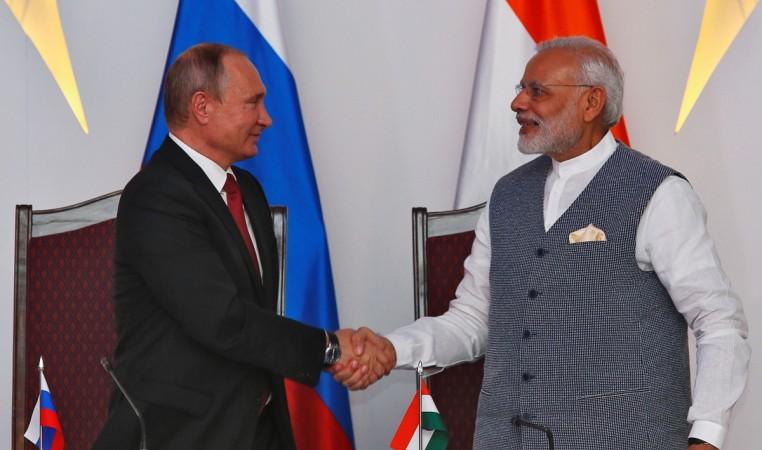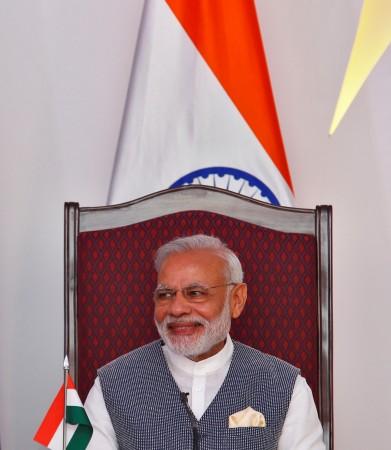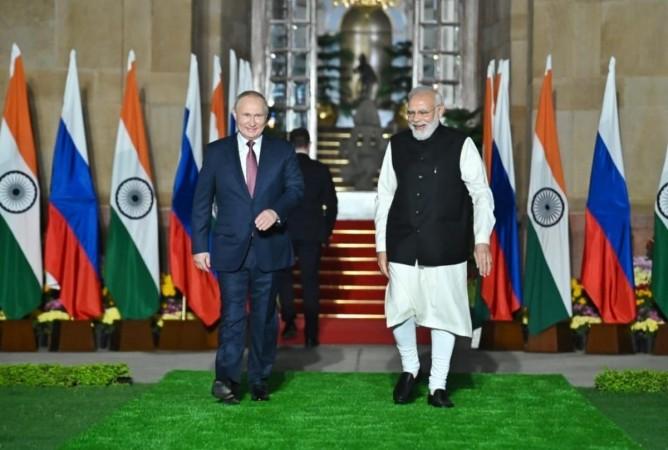
Prime Minister Narendra Modi recently addressed the Indian community in Moscow, outlining his ambitious plans for his third term in office. The Prime Minister's vision is centered around the number three, a figure that prominently features in his government's objectives for the upcoming term. Firstly, Modi aims to propel India to become the third-largest economy globally.
This goal is not just about economic growth but also about ensuring that the benefits of this growth reach all sections of society. The Prime Minister's vision for economic development is closely tied to his social welfare initiatives, demonstrating his commitment to inclusive growth.
Secondly, Modi plans to construct three crore houses for the poor. This initiative addresses the issue of housing poverty, a significant challenge in India. By providing affordable housing, the government aims to improve living conditions for the underprivileged, thereby enhancing their quality of life and contributing to social stability.

Thirdly, Modi intends to empower three crore women, enabling them to become financially independent. Known as Lakhpati didis, these women are part of self-help groups in villages across the country. The government's plan is to provide these women with the necessary skills and resources to earn at least one lakh rupees, thereby promoting financial inclusion and women's empowerment.
These ambitious goals were announced during Modi's visit to Moscow, where he was attending the 22nd India-Russia Annual Summit at the invitation of President Vladimir Putin. The Prime Minister's visit to Russia and his address to the Indian community there underscore the importance of international relations in his government's strategy for national development.
The Prime Minister's vision for his third term builds on his government's achievements in the past decade. Under Modi's leadership, India has implemented the world's largest poverty-eradication drive, lifting 250 million people out of poverty. This achievement is a testament to the government's commitment to social welfare and inclusive growth.

However, the road to achieving these goals is not without challenges. The government's plan to increase the number of parliamentary seats following the Census has been met with resistance from the South, which fears a further erosion of its influence. The government will need to navigate these regional dynamics carefully to ensure a balanced approach to national development.
Moreover, the government's focus on empowering women and promoting financial inclusion comes against a backdrop of persistent gender inequality and socio-economic disparities. While the government's initiatives are a step in the right direction, much work remains to be done to ensure that all women in India have the opportunity to become Lakhpati didis.
In conclusion, Prime Minister Modi's vision for his third term is ambitious and far-reaching. It combines economic growth with social welfare, aiming to transform India into the third-largest economy while ensuring that the benefits of this growth reach all sections of society. As the Prime Minister embarks on his third term, the world will be watching closely to see if he can turn this vision into reality. His plans, if successful, could significantly alter the socio-economic landscape of India, bringing prosperity and empowerment to millions of its citizens.








